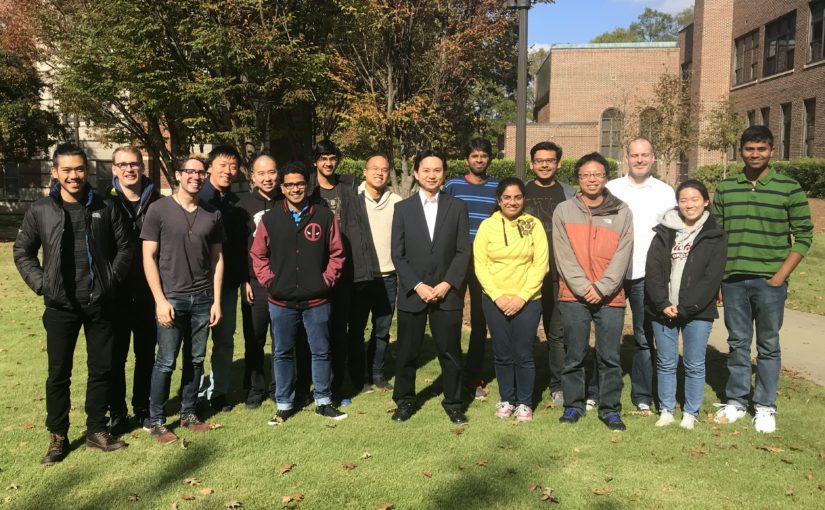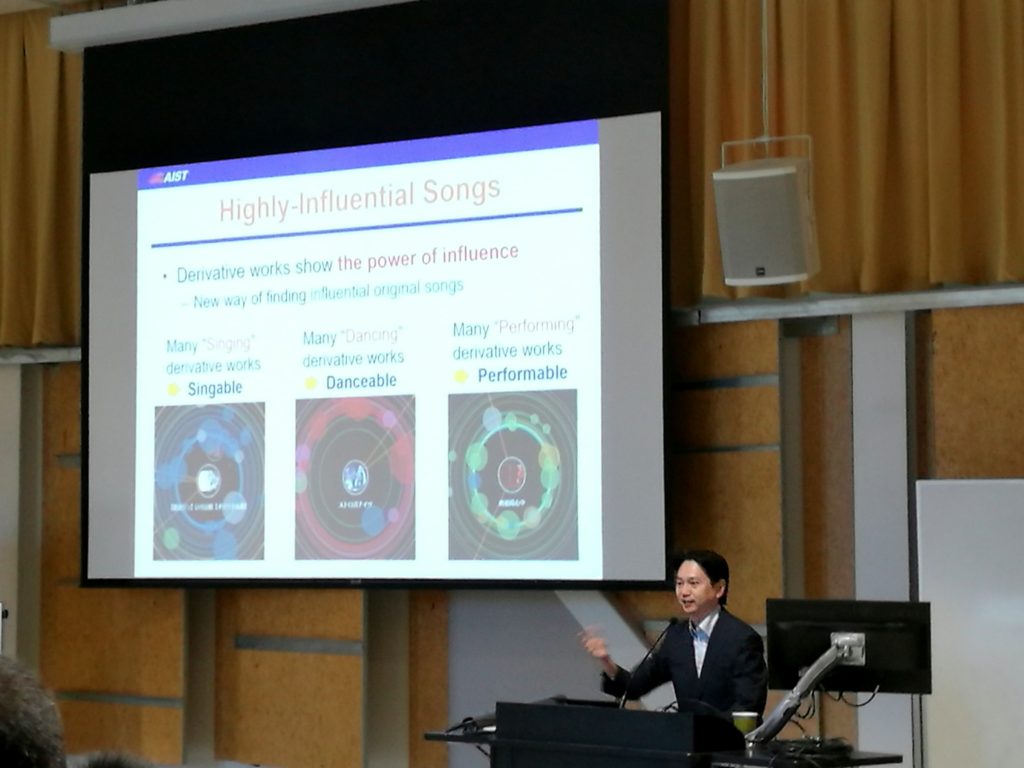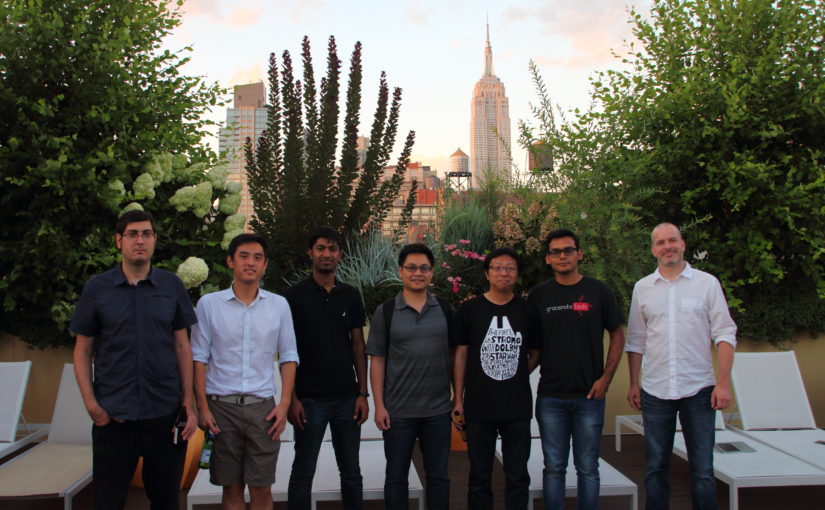by Siddharth Gururani
Most forms of music are rendered as a mixture of acoustic and electronic instruments. The human ear, for the most part, is able to discern the instruments being played in a song fairly easily. However, the same is not true for computers or machines. The task of recognizing instrumentation in music is still an unsolved and active area of research in Music Information Retrieval (MIR).
The applications of such a technology are manifold:
- Metadata which includes instrumentation enables instrument-specific music discovery and recommendations.
- Identifying regions of activity of specific instruments in a song allows easy browsing for users. For example, a user interested in a guitar solo or vocals in a song can easily browse to the relevant part.
- Instrument activity detection may serve as a helpful pre-processing step for other MIR tasks such as automatic transcription and source separation.
In our work, we propose a neural network-based system to detect activity for 18 different instruments in polyphonic music.
Challenges in Instrument Activity Detection
A big challenge in building algorithms for instrument activity detection is the lack of appropriate datasets. Until very recently, the IRMAS dataset was used as the benchmark dataset for instrument recognition in polyphonic music. However, this dataset is not suitable for an instrument activity detection because of the following reasons:
- The test set contains 3 to 10 second snippets of audio that are only labeled with instruments present instead of a fine-grained instrument activity annotation.
- The training clips are labeled with a single ‘predominant’ instrument even if more than one instrument is active in the clip.
We overcome this challenge by leveraging multi-track datasets such as the MedleyDB and Mixing Secrets dataset. These multi-track datasets contain the mixes as well as the stems accompanying them. Therefore, annotations for fine-grained stem activity may be automatically obtained by applying envelope tracking on the instrument stems.
In addition, we identify metrics that allow easier comparison of models for instrument activity detection. Traditional metrics such as precision, recall and f1-score are both threshold dependent and not ideal for multi-label classification scenarios. We use label-ranking average precision (LRAP) and area under the ROC curve (AUC) for comparison between different model architectures. Both these metrics are threshold agnostic and are suitable for multi-label classification.

Method and Models
We propose a rather simple pipeline for our instrument activity detection system. The block diagram below shows the high-level processing steps in our approach. First, we split our all the multi-tracks into artist conditional splits. We obtain 361 training tracks and 100 testing tracks. During training, the various models are fed with log-scaled mel-spectrograms for 1 second clips for the training tracks. We train these models to predict all the instruments present in a 1 second clip. We compare Fully Connected, Convolutional (CNN) and Convolutional-Recurrent (CRNN) Neural Networks in this work.
During testing, a track is split into 1 second clips and fed into the model. Once all 1 second level predictions are obtained from the model, we evaluate the predictions at different time-scales: 1 s, 5 s, 10 s and track-level. We aggregate over time by max-pooling the predictions and annotations for longer time-scale evaluation.
Results
As expected, the CNN and CRNN models outperform the Fully Connected architectures. The CNN or the CRNN perform very similarly and we attribute that to the choice of input time context. For only a 1 second input, there are only a few time-steps for the recurrent network to learn temporal features from, hence the insignificant change in performance over the CNN. An encouraging finding was that the models perform well for rare instruments also.

We also propose a method for visualizing confusions in a multi-label context, shown in the figure above. We visualize the distribution of false negatives for all instruments conditioned on a false positive of a particular instrument. For example, the first row in the matrix represents the distribution of false negatives of all instruments conditioned on the acoustic guitar false positives. We observe several cases of confusions that make sense musically, for example: different guitars, tabla and drums, synth and distorted guitars being confused.
For more details on the various processing steps, detailed results and discussion, please check out the paper here! Additionally, a 3 and a half minute lightning talk given at the ISMIR conference is accessible here.


